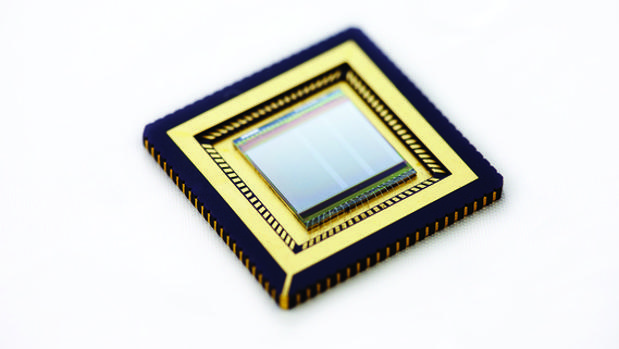SHARE
New CMOS Technology Incoporates Graphene for the First Time
The development of the technology during the las 40 years has been amazing. In part, this is due to the silicon technology and the CMOS, which are present in almost all the chips of out electronic devices. However, the new trends are trying to replace the silicon with other materials, but it was impossible to combine them with the CMOS technology, until now.
A group of researchers of The Institute of Photonic Sciences (ICFO) have managed to integrate a CMOS circuit with graphene for the first time. With this combination, they have formed a high-resolution image sensor consisting of quantum dots and graphene that allow the camera to be responsive to the ultraviolet, visible and infrared light at the same time. It is the first time that a sensor can sense these three types of light.
The sensor was created by placing colloidal quantum dots of lead sulphide on graphene in foil and then, placing the combination on a CMOS wafer. This means that the process does not involve processing materials, neither growing materials, what makes the process cheap and easy. Also, it is possible to do it under ambient conditions what results in a substantial decrease of the manufacturing costs. Furthermore, it is possible to be easily integrated in flexible substrates as well as in CMOS integrated circuits.
https://www.youtube.com/watch?v=_uGGjAUEWjM
The quantum dots allow the sensor to detect the near infrared spectrum what allows a passive night vision. This means that no source of infrared light is needed. Due to the low cost of the solution, this can change the infrared camera market, since cameras are expensive devices if you want high resolution.
Although the device is still in the incubation period, the future is promising. Among the possible applications, there are the security, smartphones, fire control systems or medical imaging.
Can you think of any more applications for this device that can solve engineering challenges? Share them with us!
Join our engineering community here
